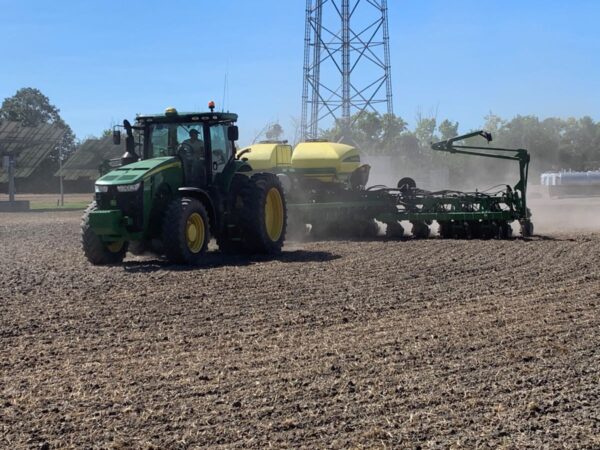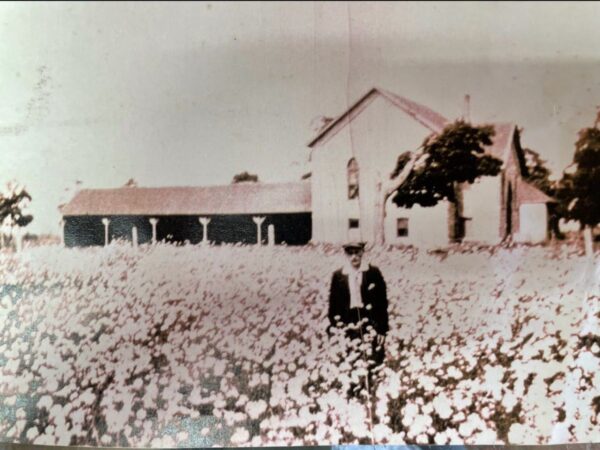
Pelee Island is a place that defies expectations on varying levels. When people arrive on Pelee Island for the very first time in the fall, they don’t expect to see acres of farms, row upon row of grapes, and tractor trailers full with the season’s haul sleepily boarding the ferry in the wee hours of the morning.
Generally, farming on Pelee Island has always been a fruitful enterprise. The first vineyards were planted in the 1850s by Henry Price. By the 1890 there were seven active wineries on Pelee Island. Tobacco eventually replaced grapes in the 1930s, alongside cotton. Today, the main crops are grapes once again, wheat, soy (both non-GMO food grade and commercial grade) and canola.
Different advantages and challenges have emerged over the years to force the evolution of farming on Pelee Island. Today, sustainable and organic farming practices lead the way with a strong respect and stewardship for land.
The soil quality and longer growing season on Pelee Island continue to be contributing factors for success. Pelee Island Winery is the largest privately owned estate winery in the country, with vinifera grapes being the main crop grown entirely on the island.

Dylan Reimer notes that “the microclimate gives us warmer falls and more frost-free days than anywhere else in Canada.”
Operator of North End Farms Wolf Moritz mostly farms soy beans and winter wheat, along with some canola and rye. While the longer season contributes to greater yield, Wolf notes that transportation to the mainland can present a daunting challenge.
“Here on Pelee, we cannot take advantage of higher commodity prices if we deliver the product to the elevator in winter months.”
Dean Martin of Harrow Organic Farms plants 850 acres of beans and wheat on the island and agrees that logistics of the ferry and moving heavy equipment and grain are challenging.
So why farm here?
Dean notes the biggest advantage is the general acceptance of organic farming and support for more environmentally conscientious methods on Pelee Island.
Pelee Island Winery farms about 700 acres of grapes and is a Sustainable Winemaking Ontario Certified winery. The winery employs fertilization and pest control methods that protect the rich soil their grapes root in. The vineyard grows its own sorghum to be used as fertilizer and even plants rows of zinnias and lavender to attract pollinators and distract troublesome insects away from grapes, contributing to a minimized use of pesticides.
Harvest is everyone’s favourite time of year on the island. Wolf says harvest is when “you literally ‘reap what you sow’ and get the rewards of what you worked for all year.”
Martin agrees. “Planting is great because you have the unfulfilled hope of the upcoming year but also the worry of all that can happen in the course of the summer. Harvest is when it’s in the bin and you can take that to the bank and plan for next year. So I guess it’s the bird in hand.”
Vineyards and vines are not regularly planted or replanted. Grape harvest is a little different, says Dylan Reimer. “While many farmers are excited to see the yields of their crops, we are most excited to see the quality of the fruit. So far the early results from Pelee are great quality.”
Good news for all of us who enjoy a glass! If you’re out and about in Kingsville and see the many transports and tractors ascending from the Kingsville Ferry Terminal, make some space and yield for our islander farmers with precious cargo!
Top photo: Combine in field provided by Wolf Moritz
Bottom photo: Farmer in cotton field provided by Pelee Island Heritage Centre

Fantastic article Cathy. Pelee Island is truly the heart beat of Canada’s South.